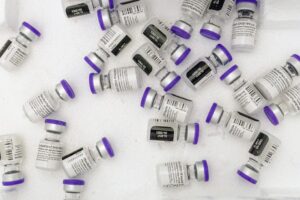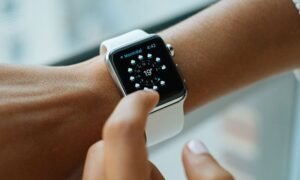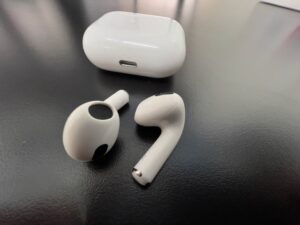
Apple has revealed the plan to release an iOS update that will discuss ID headaches currently affect the Indie repair store that replaces the iPhone 13 screen. The news came only a few days after confirmed that replacing the iPhone 13 screen solved the functionality of the face except a small chip transplanted From the original screen, increase the complexity and repair costs.
Despite someone’s best efforts to protect their devices, only need one drop to destroy the phone screen. Although some consumers have an official support plan or protection of insurance to pay for official device workshops, others can switch to independent providers that offer lower costs for the same service.
Repair screen is one of the most common smartphone repairs because it is easy to break the glass. It made a recent discovery about the iPhone 13 which was very frustrating, but Apple had vowed to overcome this problem.
Problem
The team at IFIXit published a report on November 4, which revealed the latest iPhone model deactivating the face id when the screen was replaced by someone other than the authorized Apple technician. At the core of this problem is a small microcontroller described by the size of Tic-TAC located at the bottom of the cellphone screen.
Without access to the software provided for official technicians, an independent workshop that is not part of the Indie Apple repair program must manually remove the soldered chip from the original iPhone 13 screen and apply it to the replacement screen.
This process, report records, are complex, producing longer repair time (and thus higher costs for customers), as well as the need for special equipment and training that some indie repair stores may not be able.
Apple’s solution
Apple has told the threshold it will release software updates that eliminate the need to move small chips from one screen to another. Even though the company does not say when the update will pass, changes must reverse this problem and allow anyone to replace the appearance of the iPhone 13 without the hassle and extra risk.
Right to be repaired
The topic of “the right to improve” has become a controversial problem between consumers, improvement industry, and large technology companies. Apple is famous for opposing the right to improve movement, arguing that the device service carried out by unauthorized repair stores can cause damaged or that, in terms of DIY improvement, consumers can accidentally hurt themselves.
In the midst of this industrial struggle, an independent workshop has reported various problems serving Apple products for years, including difficulty getting replacement parts. However, Apple has taken steps to overcome this.
Back in March, the company expanded its independent repair provider program to more than 200 countries, providing access to indie repair stores to original components, as well as manuals and more. This program is free to join, although there is one requirement that some stores are not happy about: they must have Apple products for apple certified technicians. It should be noted, however, that the certification process is made free.
Nonetheless, the independent repair provider program presents other struggles for indie shops, according to some technicians repair talking to IFIXIT. Some providers have expressed frustration about the number of requirements to join the Apple program, including signing NDA and undergoing pre-filtering. Apple Notes on its support website for the program, among others, “Meeting program requirements do not guarantee acceptance into the program.”
Repair stores have also criticized the costs of several parts obtained through the program, quoting a much higher cost compared to aftermarket components, as well as many other problems that make Apple programs less attractive.
























